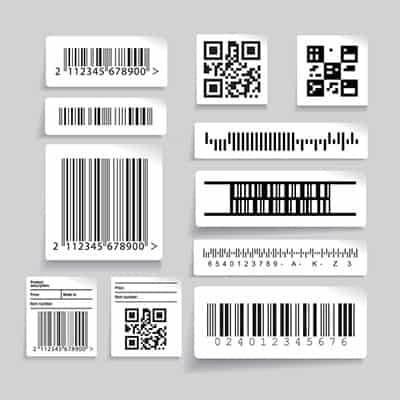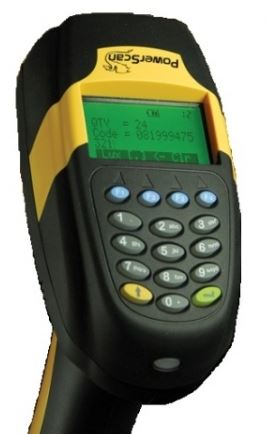With all the options available today, choosing the device that will work best for your environment can be tricky. Here are 9 questions to help you choose the right mobile computer for your warehouse. Read these before you buy.
1. How would you describe your warehouse?
Warehouses can be dusty and dirty, and depending on your geographic location and how it’s being used, your warehouse could be hot and humid or cold and dry.
You’ll want a device that can stand up to your environment, so look for one that has an Ingress Protection (IP) rating (a measurement of resistance to particles and liquid) that will protect your device from the elements it will be exposed to on a daily basis. For example, an IP rating of 68 is dust-tight and waterproof for continuous immersion. Learn more about IP ratings here.
2. Does your warehouse have concrete floors?
If the answer is yes, look for device specifications that indicate the number of drops and/or tumbles.
Rugged devices should be rated to withstand 50 or more 6’ drops to concrete and 2000 3’ tumbles. While lower rated devices are sometimes employed for warehouse use, a rugged mobile computer is the right choice. IP ratings and ruggedness are often closely related, so be sure to review and compare specifications among your device choices.
3. Does your warehouse experience extreme cold?
If you work in extreme temperatures, you’ll need to consider whether or not your computer will operate properly. Temperature can affect battery life, screen reliability, housing durability and the overall operating system of the unit.
A device used in a cold storage application or outside in cold conditions can cause condensation to occur. Over a period of time, exposure to condensation can cause internal components to corrode and ultimately fail. If yours is a cold storage environment, select a device that is designed for sub-freezing, FDA cold storage facilities.
4. What types of barcodes are being scanned?
Not all scan engines scan all barcodes. Most 2D imagers scan any type of barcode. Linear barcode scan engines, whether imager or laser based, can only scan 1D barcodes. Verify that the scan engine in your mobile computer configuration meets your requirements.

5. How are the barcodes being scanned?
If the items being scanned are not in close proximity to the device (for example, scanning labels located on the top shelf of a storage rack), be sure to look for a unit that can scan from a distance. Advanced Long Range or Extended Range can read the right size and type of barcode from as far as 45-50 feet away.
Historically, this range was limited to laser scanning, but in recent years it’s become available in 2D barcode imaging as well.
6. Which type of keypad configuration will work best for your needs?

Based on your mobile warehouse application, you need to consider what type and how much information needs to be keyed. There are several varieties of keypads available, primarily numeric (which usually shift for alpha typing) and alphanumeric (frequently with QWERTY keypad).
Gloved users, for instance, will almost certainly require numeric keypads with fewer and larger keys. Some mobile computers have specific keypads or overlays for different varieties of terminal emulation.
7. What operating system is required of the device?
The current Windows version for mobile computers is Windows Embedded Handheld (WEH). Though Windows Mobile and Windows CE are nearing the end of their life cycle, both are still sold and supported on new devices.
Android is increasing its share in the market as well. The deciding factor for operating system choice is the mobile application. The application is written for a specific O/S, and one written for Windows CE will not function on a Win Mobile or WEH device. Some applications run on remote computers and need only a terminal emulation client to run on the handheld computer. In some cases terminal emulation clients come pre-installed. If not, they can be purchased separately.
8. What type of screen brightness and contrast do you need?
Consider the lighting conditions where the device will be used. Will it be used in bright sunlight or in dimly lit conditions?
Screens come in a variety of options based on brightness and contrast. A device with a brightly lit, color screen makes it easier for the user to see and enter information. Most rugged devices are designed to operate in bright sunlight and dimly lit areas, but ask your solution provider to demonstrate the unit in the conditions you’ll be using the device to be sure it performs to your expectations.
9. Have you selected a solution provider?
Choose a knowledgeable provider who has experience in warehouse applications, offers a variety of products and excellent customer support. A specialist should be able to guide you through the process and help you select a unit that will meet your needs and budget. Buying the wrong product can end up costing you more in service and downtime, so consider your costs over the life of the unit and choose the one that addresses your needs and offers a strong ROI.
Have more questions on barcode scanning or optimizing your warehouse? Check out these resources:
.